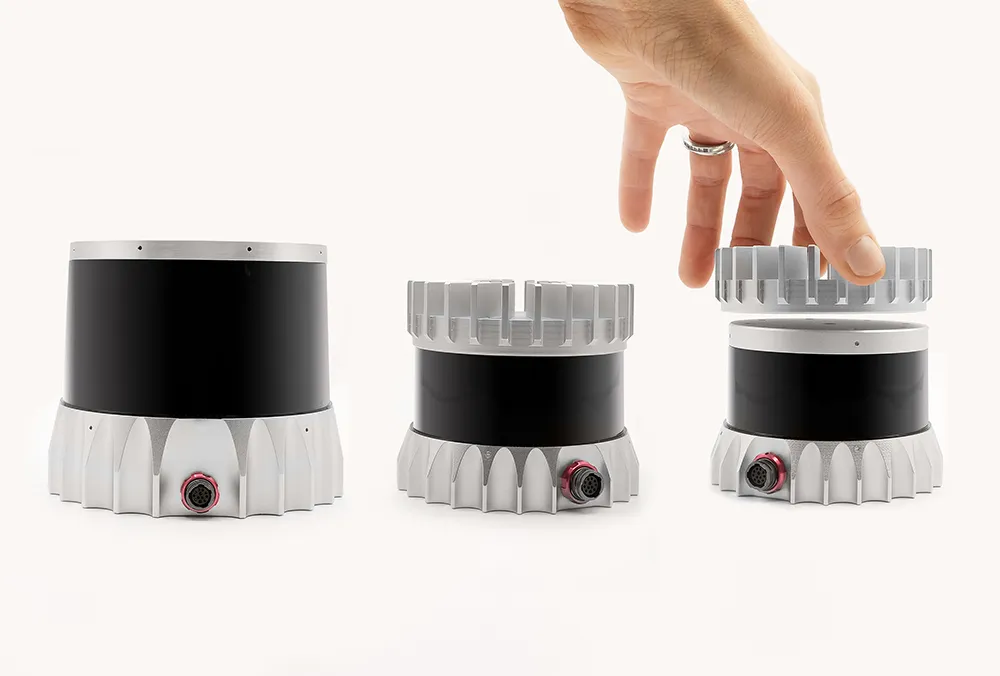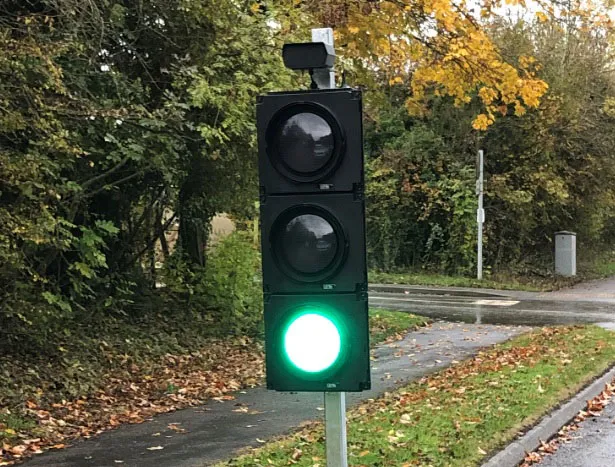Escort has announced the launch of what it claims to be the first radar and laser detector designed for connected cars (CCs) to alert drivers of the latest ticket threats in real-time. Through built in Wi-Fi, the Escort Max 360c (EM360) updates drivers through the vehicles on board connection.
The EM360 connects directly to the CC’s Wi-FI and automatically connects to the real-time ticket-protection network, Escort Live (EL), without needing the smartphone to connect to the detector. It is designed with the intention of keeping drivers aware of upcoming alerts received and reported by other users in the area and provides access to local speed limit data for over-speed alerts.
Users without a CC or Wi-Fi signal can still pair their smartphones using Bluetooth in the EM360c and get all the features of EL. Once they get home or park near a Wi-Fi connection, the detector will automatically update to the latest software and firmware, without having to remove the unit from the car.
EM360 features a slim design with LED arrows to indicate the direction of the radar threat. The updated arrow placement is on the front of the display with the direction of the alerts being easier to see and less distracting while driving. Its multi-colour organic light-emitting diode displays the threat type and strength as well as the vehicle’s speed. It also includes the EZ Mag Mount that offers secure installation. Additionally, it attaches and releases the detector with a magnetic touch and eliminates all bouncing or detachment during a drive.
Other features include the 360 Degree Directional Alert Arrows that indicate the direction of the radar source for 360-degree protection. Front and Rear Radar Detection comes with dual antennas for front and rear detection and; GPS Intelligence accesses an up-to-date database of speed & red-light cameras and speed traps. In addition, drivers can mark their own hot spots using the Mark Location feature; IVT Filter: the updateable system automatically reduces false alerts from external In-Vehicle Technology sources such as collision avoidance systems and adaptive cruise control. SmartCord USB’s premium power cord features a USB charging port, power LED, alert LED and a mute button. Dual Language includes English & Spanish voice and text.
Escort unveils connected car radar / laser detection system
Escort has announced the launch of what it claims to be the first radar and laser detector designed for connected cars (CCs) to alert drivers of the latest ticket threats in real-time. Through built in Wi-Fi, the Escort Max 360c (EM360) updates drivers through the vehicles on board connection. The EM360 connects directly to the CC’s Wi-FI and automatically connects to the real-time ticket-protection network, Escort Live (EL), without needing the smartphone to connect to the detector. It is designed with
November 9, 2017
Read time: 3 mins









